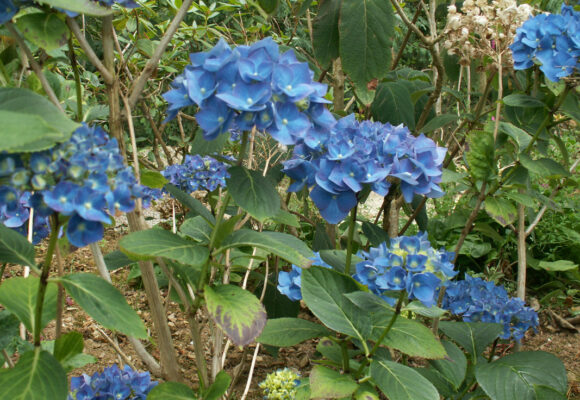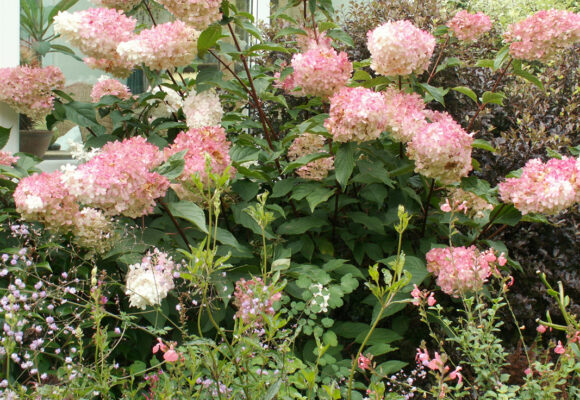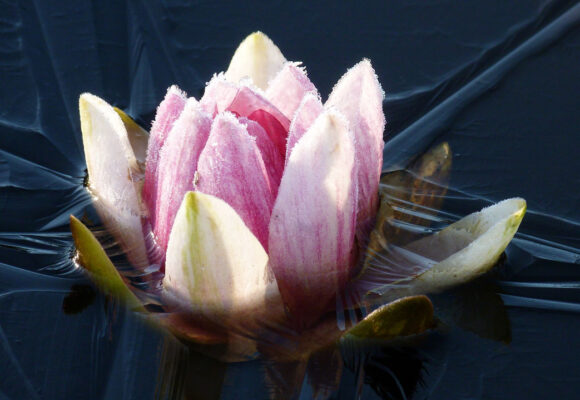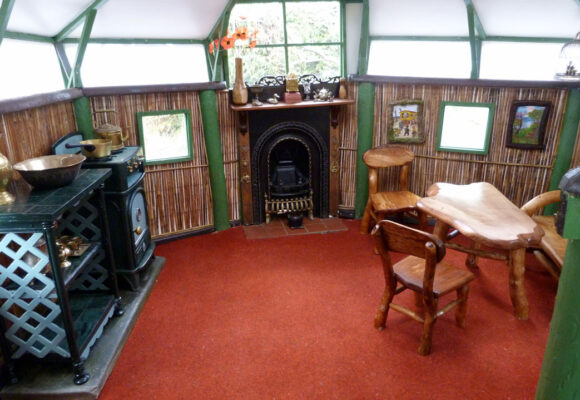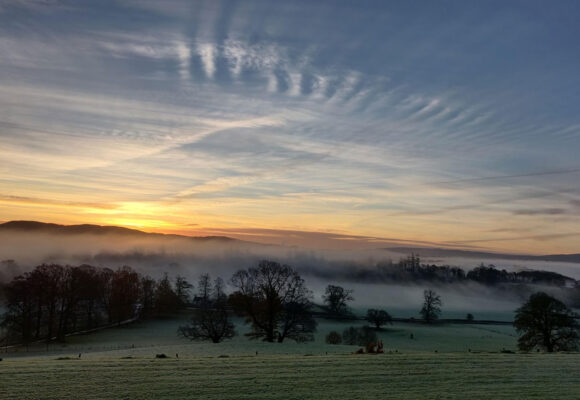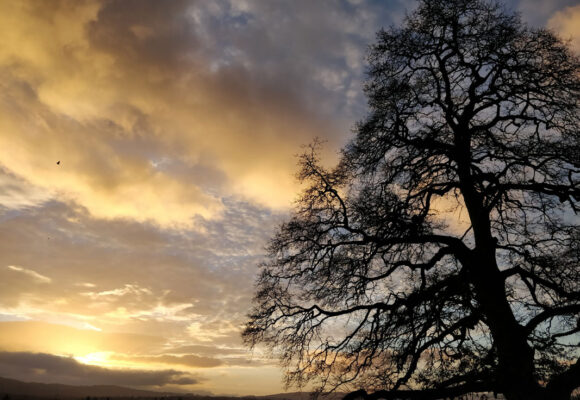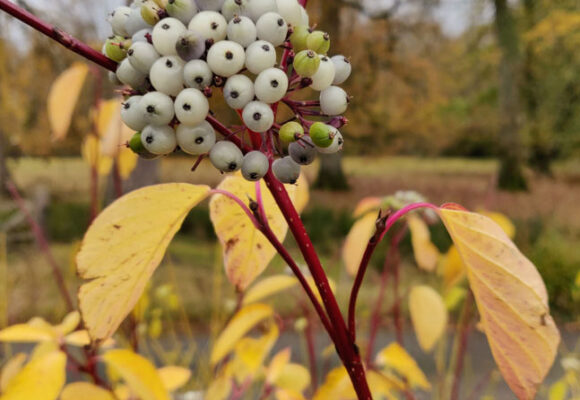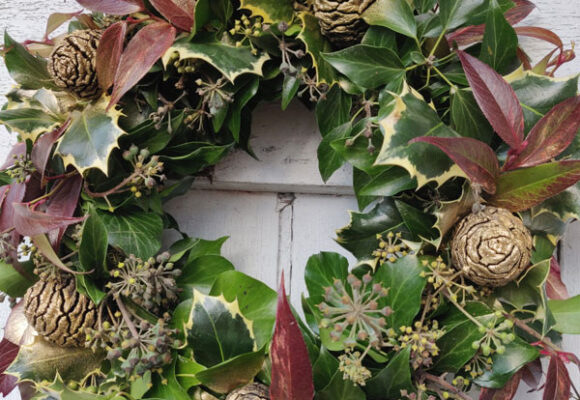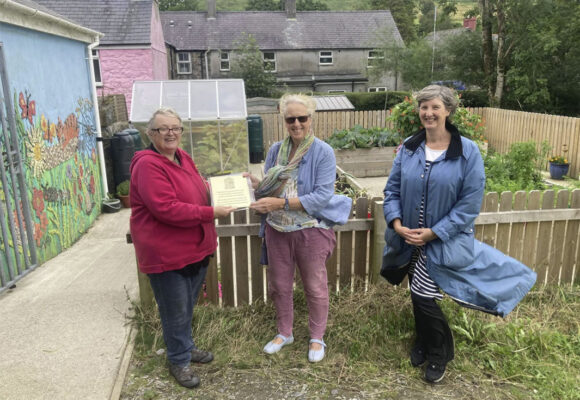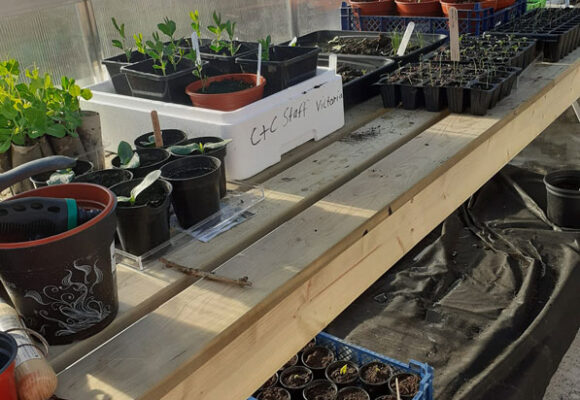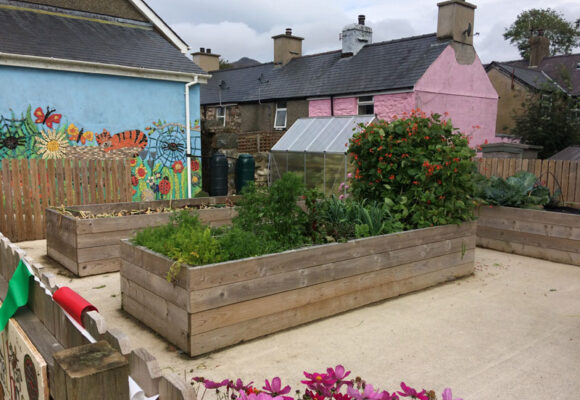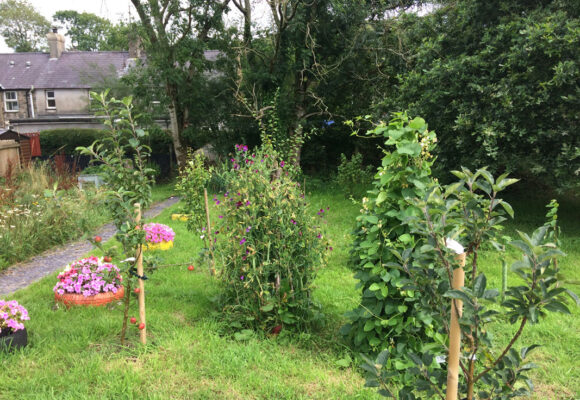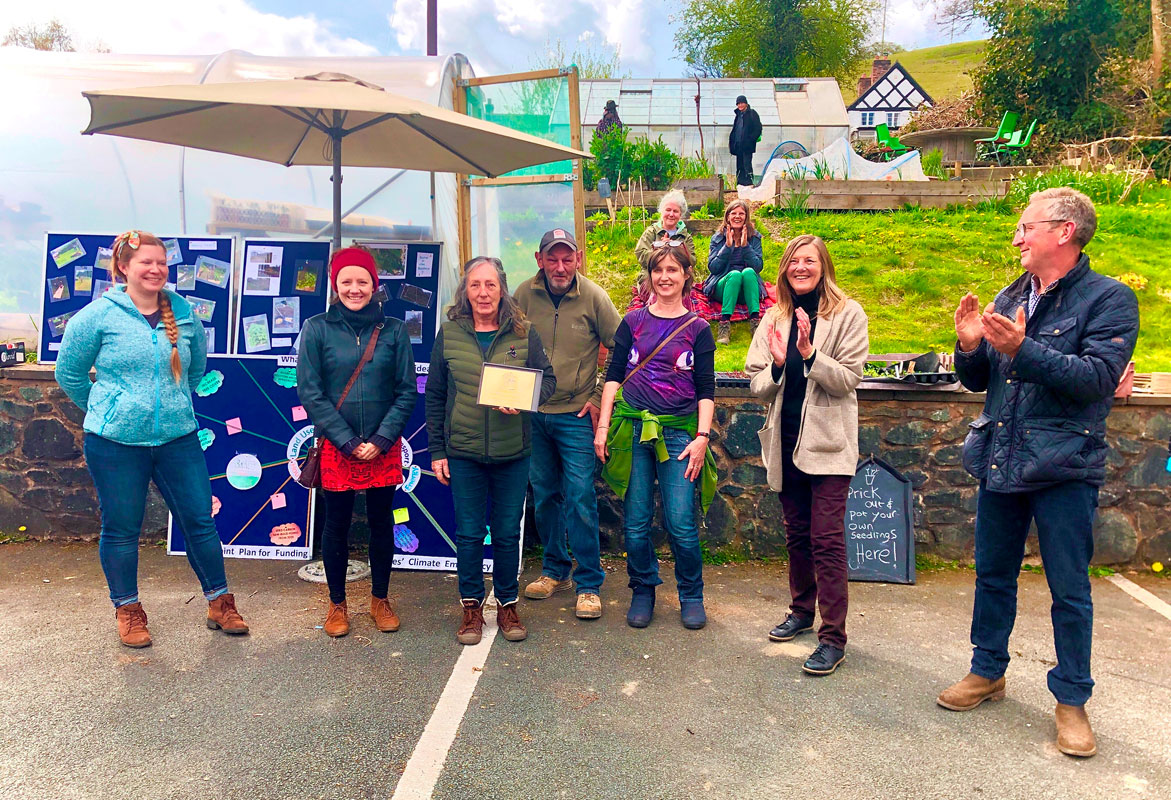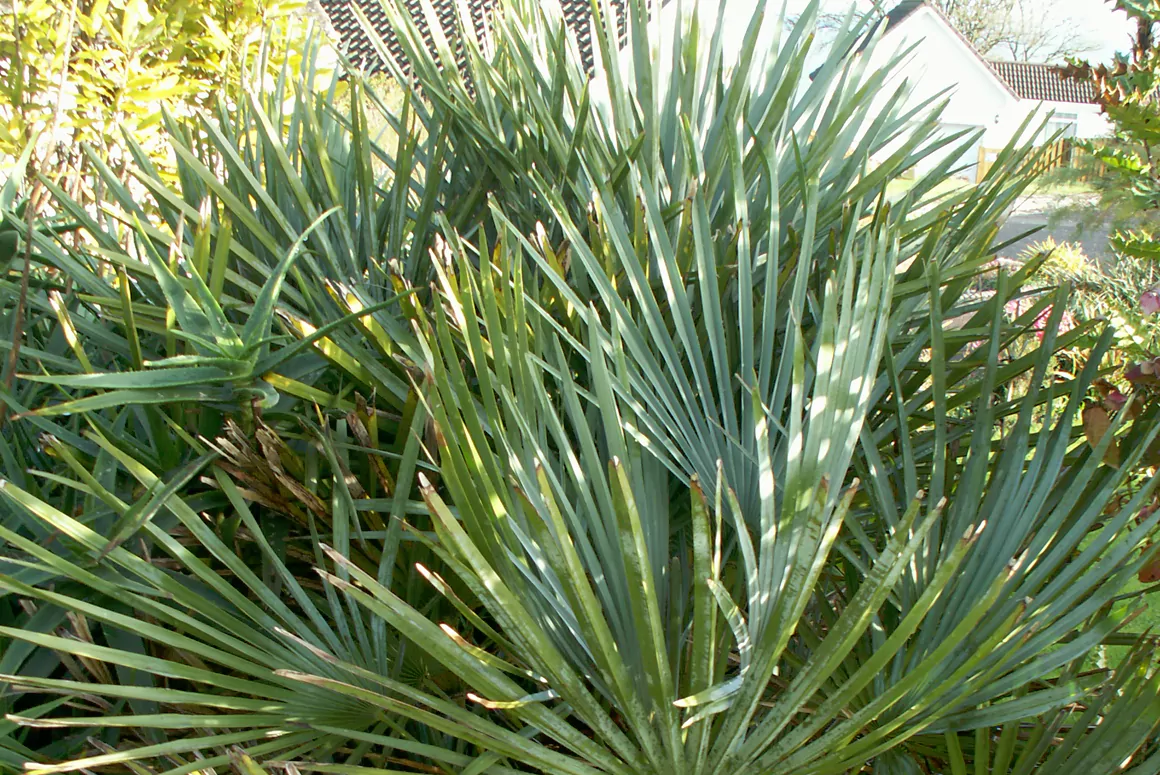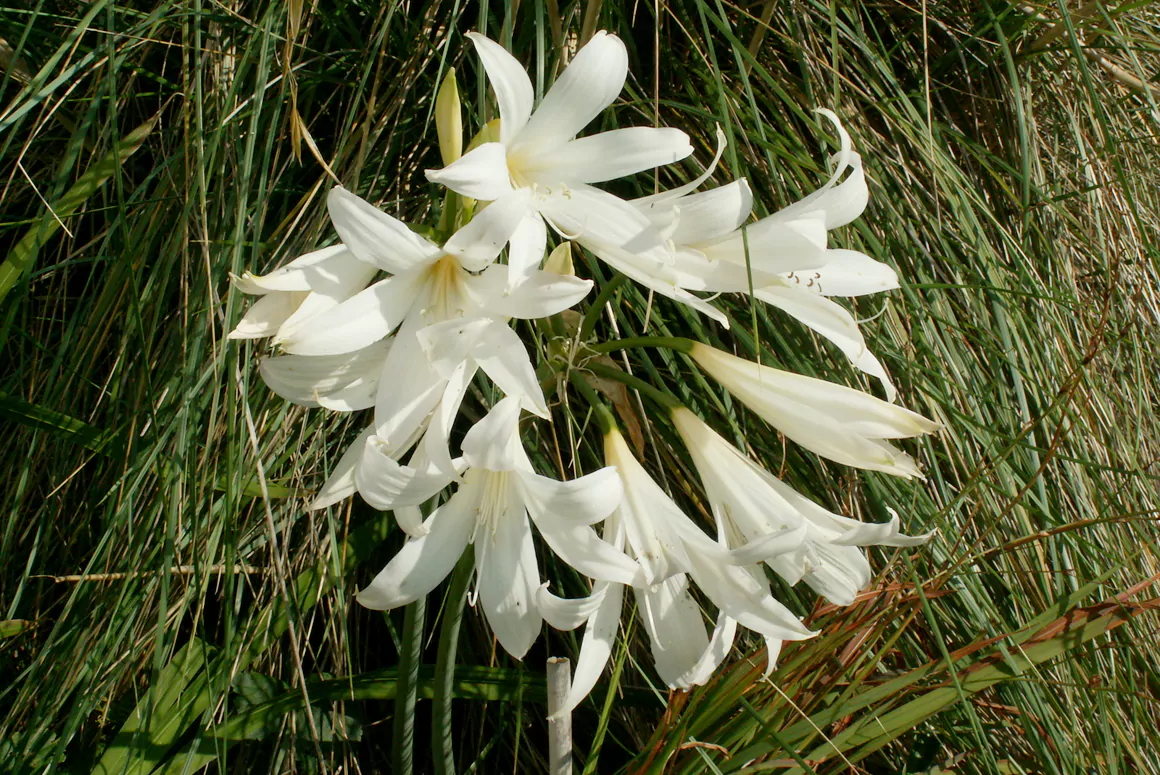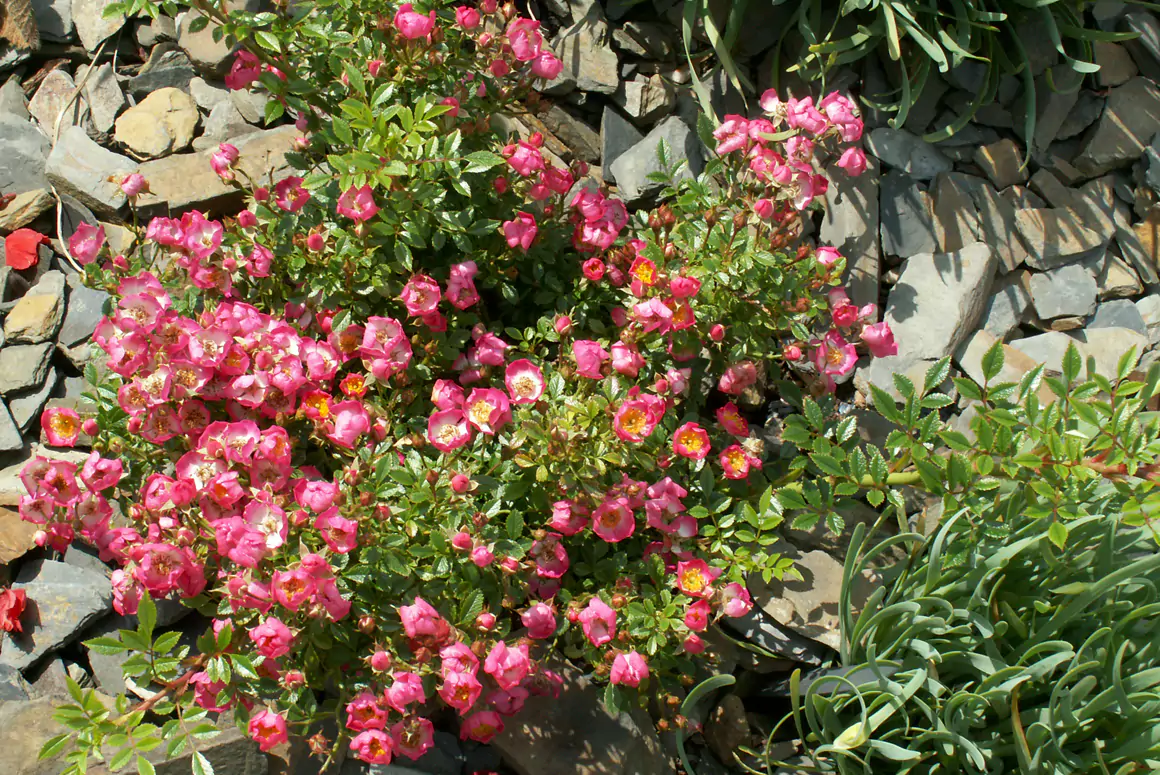![]()
The birds have flown their summer skies to the south,
And the flower-money is drying in the banks of bent grass
Which the bumble bee has abandoned. We wait for a winter lion,
Body of ice-crystals and sombrero of dead leaves.
Thomas McGrath (1916-1990)
Any visitor to coastal areas of the U.K. will be familiar with dumpy clumps of mop head hydrangeas which are used to provide floral decoration, these will invariably be varieties of Hydrangea macrophylla. Unfortunately these frequently display flowers in disappointingly muddy shades of purple, blue or pink, caused by varying amounts of minerals, particularly aluminium, in the soil.
In recent years, developments in species other than Hydrangea macrophylla have ensured that there is now a vastly increased range of colour and form on offer. As a general rule acidic soils will enhance the colour and intensity for red and blue varieties whilst conversely alkali soils will turn blue varieties to a purplish tone and make red flowers deeper. Happily, white remains unchanged in both situations.

Hydrangea ‘Garden House Glory’ is a cross between H.macrophylla and H.serrata and has become one of my favourite shrubs. It has red flushed new foliage and the lacecap flowers are a deep pink with a pale centre and finally displays good autumn colour. Additionally it is modest in size, not exceeding 1.3 metres.
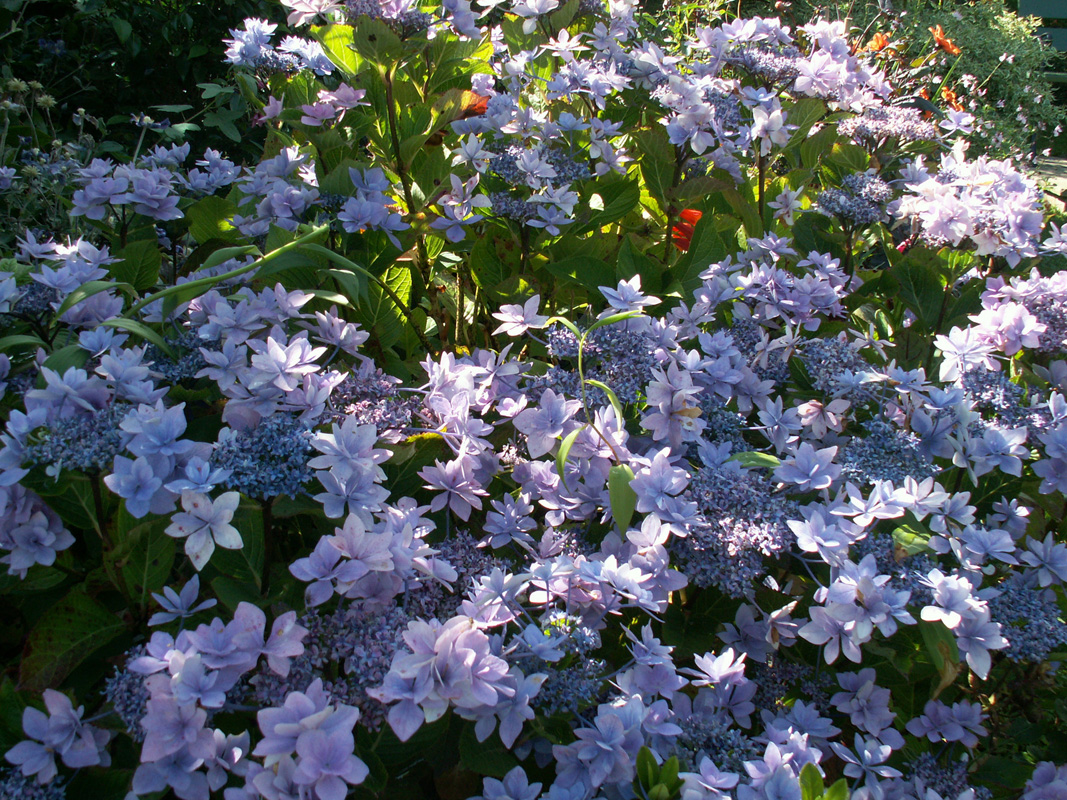
H.serrata is a small growing species which has produced a number of varieties of merit, as well as providing parentage in new crosses. ‘Preziosa’ which I grow is a long recognised hybrid with glowing pink flowers set against dark foliage. However, the best serrata hybrid that I grow, was bought in an NGS plant sale in the West Country, had a foreign name which fell off in transit and produces long lasting, beautiful double flowers in lacecap heads. In my neutral soil it maintains a soft blue colour without any purple overtones.
- Hydrangea 'Blue Wave'
- Hydrangea paniculata 'Vanille Fraise'
Another species which has recently received attention from breeders is H.paniculata, cultivars of which are proving extremely popular due to their flamboyant flowers coupled with ease of cultivation. Varieties such as ‘Limelight’ and ’Vanille Fraise’ are potentially large garden shrubs, exceeding 8 foot if left unpruned. Cone shaped flowers produced on the tips of the current season’s growth are frequently in excess of a foot in length. To maintain size, pruning of any unwanted growth should take place in the spring, to ensure sufficient time to produce flowering shoots. They are magnificent and spectacular shrubs.
The National Garden Scheme year is ending but there are still a few gardens open to visit.
Bwlch y Geuffordd Gardens, near Aberystwyth is a 1000ft high, constantly evolving wildlife and water garden with a beautiful lake and temple. The garden attracts young families with a children’s adventure garden: including musical instruments, pond dipping and treasure hunt. The owners Gay and Jim Acres lockdown project was building “Cwtch dan Helyg” or “Willow Den” and everything in it. Everyone from 2 to 92 will find something of interest here.
Bwlch y Geuffordd Gardens
Llysdinam, a 6 acre garden in Powys is one of the loveliest with sweeping views down the Wye Valley. Rebecca Keeble-Payne Llysdinam’s head gardener writes that with winter the structure of the garden and an appreciation of subtler colours and tones comes to the fore. “At Llysdinam we grow variegated hollies speckled with gold and silver to add light to dark corners. Ivy has been left to grow over an old greenhouse wall and provides not only shelter and food to wildlife but also a plentiful supply of black berries and shiny leaves for our Christmas wreaths. Often, we will also add the glowing, orange hips of Rosa ‘Geranium’, or the glossy red berries of Viburnum opulus. Another shrub that adds winter interest and structure is the deciduous Cornus alba ‘Elegantissima’. Here the variegated leaves turn a buttery, yellow and fall, leaving dark, crimson stems topped with bunches of berries that look just like doll’s eyes!”.
Llysdinam
- Winter light over the Wye
- Winter light on Turkey Oak
- Cornus alba
- Wreath
After the challenges of lockdown the NGS has had a record number of visitors once again enjoying garden visits.
In early 2021 the National Garden Scheme topped up our 2020 donations giving a total of £3.15 million. Thanks to your gardens visits more than 1,200 people have been cared for at the eight-bed Y Bwthyn NGS Macmillan Specialist Palliative Care Unit that opened at the Royal Glamorgan Hospital two years ago to which the NGS contributed £2.5 million.
In addition to annual donations to nursing and health charities the NGS grants awards to help community gardening projects. Two that recently benefited in Wales are:
Antur Aelhaearn, Llanaelhaern, Gwynedd: Since 2019 volunteers have cleared, weeded, built and planted to turn a patch of waste ground into a community, multi-generational garden. Both youngsters and experienced gardeners now enjoy popular gardening clubs and the community their produce.
Antur Aelhaearn
BRACE Llanfyllin, Powys: A community food growing project that is part of BRACE’s strategy to the challenges of climate change that hopes to build resilience from having a strong interconnected community who work together.
BRACE Llanfyllin
NGS Open Gardens
Welsh Country has two NGS open garden sections. The first ‘Open Gardens’ are gardens that are open on specific days and the ‘Long Term Open Gardens’ which are by appointment only. There is a search facility on each page so simply search for a garden name or an area of Wales (i.e. Swansea) you’d like to visit.



